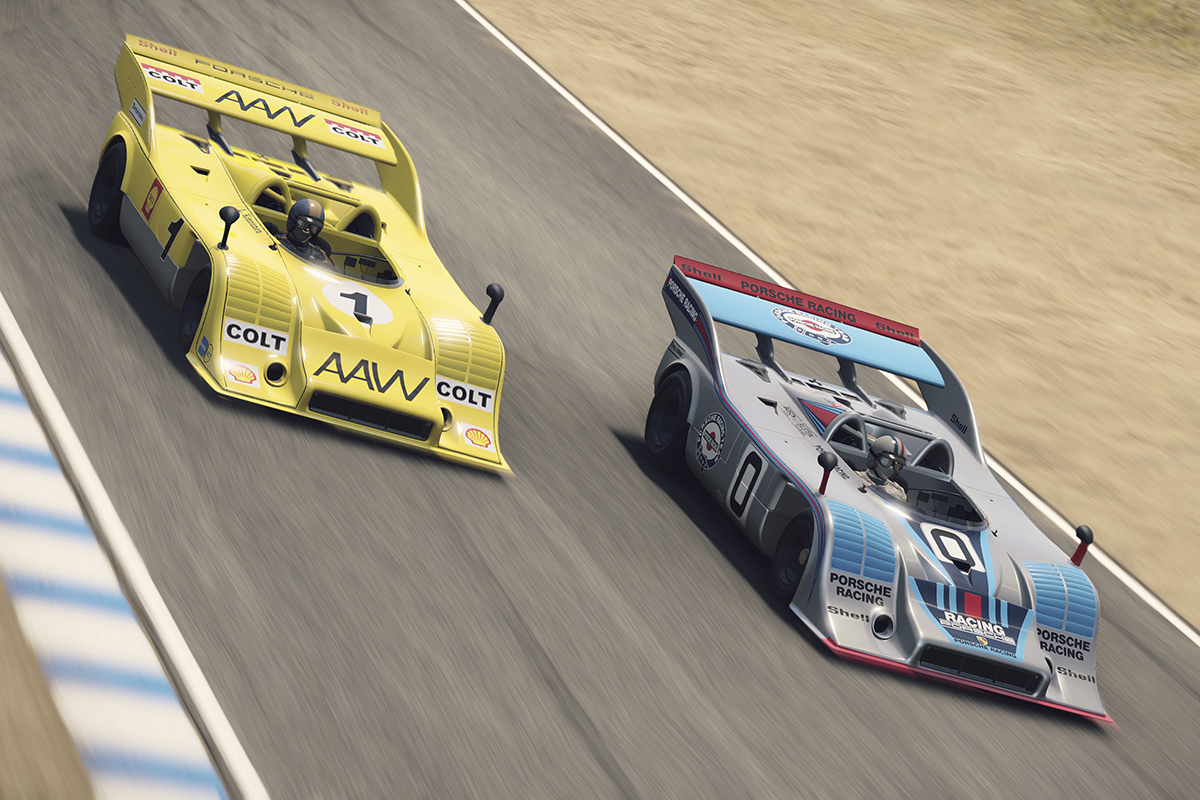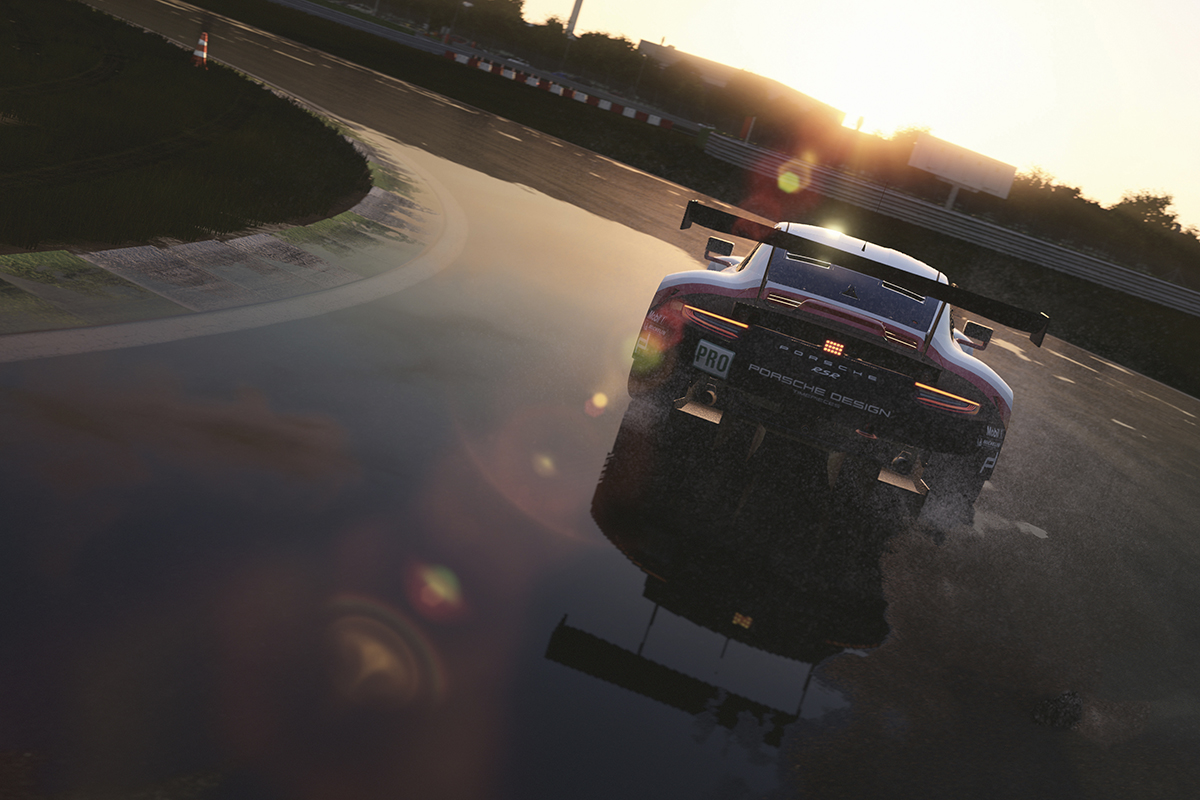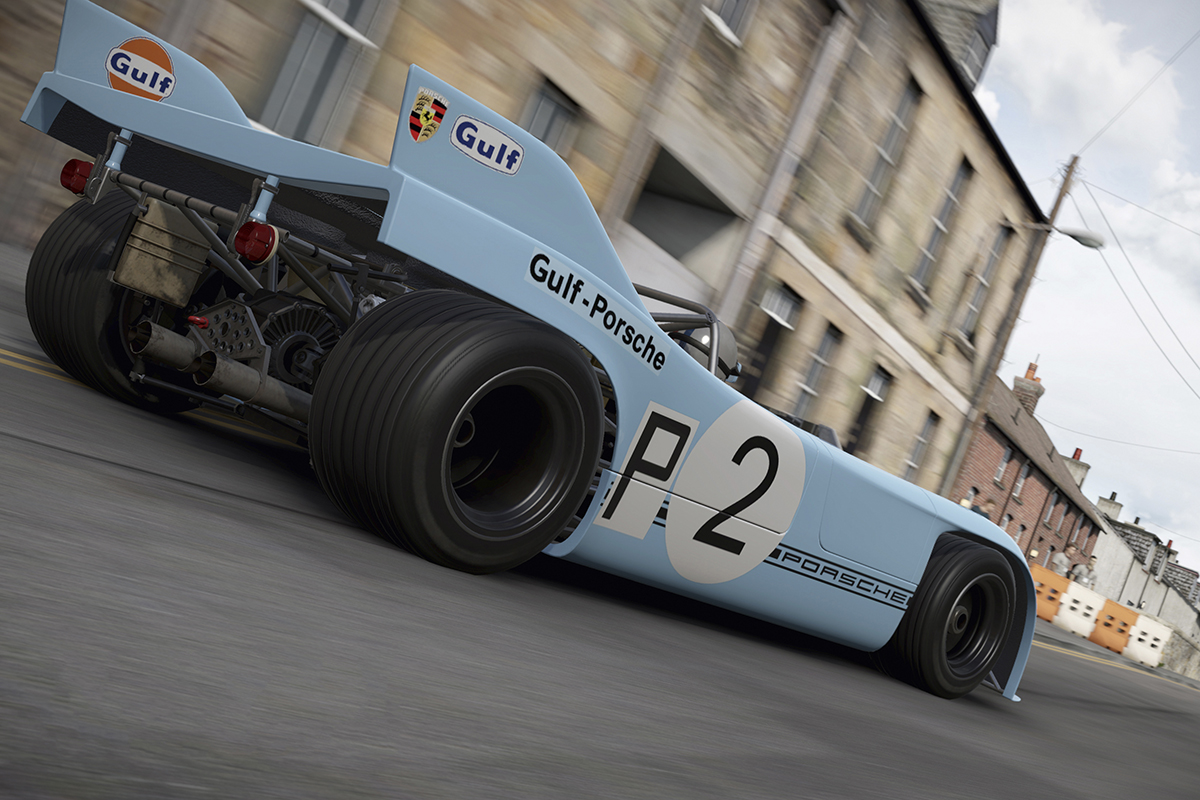Meet the uncompromising team reanimating Porsche’s racing legends.
Words: Julian Milnes
Photos: Project Cars 2
It’s a tough enough task to nominate your own favourite racing Porsches, so doing it on behalf of your highly knowledgeable customers has the potential to be a nightmare.
But this was the daunting prospect for the team at Slightly Mad Studios (SMS), makers of the hugely popular Project Cars 2 gaming series, whose Porsche Legends Pack was released recently to coincide with Porsche’s 70th anniversary.
Working on the project were social and marketing manager Joe Barron and vehicle art manager Jan Frischkorn, tasked with replicating every single detail of each of the chosen cars – from the exact livery and handling characteristics to the sound of a specific engine.
But with so many important models to choose from, how did they even get started?
“The decision process wasn’t easy,” explains Jan. “We already had plenty of Porsches available from the wider games to refer to, and there were so many iconic cars that we knew were going to be left out. Most of the people within the team are car nuts, so they were fighting their own corner to get their favourites in. However, we had to choose the cars from an importance perspective, their history and how familiar they were to players.”

The nature of the game means that a motorsport narrative was also a key consideration. “We had to ask whether the model was successful in its era and if it was involved in an iconic battle, whether in a race or a championship,” says Joe.
Development goes deep to achieve an authentic representation of how the car looks and, more importantly, drives, with older models receiving an additional personal touch. Creating the new cars is largely driven by data but where that doesn’t exist for classics, the process involves finding people who have driven them for an extra level of feedback.
“Last year, we spent time in the US with Patrick Long,” Joe say. “By working with Patrick and racing simulator partner CXC in their rigs, we were able to gain further insight into a specific car’s dynamics. As well as Patrick’s modern GT racing history, he’s also a factory driver, which gives him access to the historic cars. He was able to provide a lot of insight into these, which was so helpful.”
Ben Collins, who was a former Stig on Top Gear, has also been a long-term consultant. “He’s very useful as he’s driven nearly everything,” says Jan.
The team also visited the Porsche Museum in Stuttgart to take more than 2000 photographs and scan the older vehicles to ensure a faithful external reproduction. For modern cars, meanwhile, Porsche is able to provide various sources of data, photos and technical information.

And it doesn’t stop there. The development team received set-up sheets for the race cars for particular tracks, including Spa and Silverstone, chosen to encompass a wider variety of conditions. “Then we make sure the data is talking to the physics properly and combine it with data from the tyre manufacturers,” says Joe. “These include sports, track, racing slicks and even wet boots.” Then of course there’s the all-important engine noise, which meant a visit by SMS audio engineers, with sound equipment in tow, to various race tracks to sample the aural delights of the cars in their natural habitat.
One of the most impressive features of Project Cars 2 is wet weather dynamics, with the team going to great lengths to replicate not only the handling aspect but also the natural precipitation cycle. When it starts to rain, the puddles form exactly where they would in real life.
SMS worked closely with Porsche, even on its own test track in Leipzig: “Porsche provided us with track data,” Jan explains, “and we sent a team to take photos and list all of the details, such as trees, buildings, railings and curbs. From there we plotted out the track as a simple shape, then built it up to include the surrounding area.”
“We didn’t actually go to Leipzig on a wet day and note where all the puddles were, we focused on the track surface and the topography,” says Joe. “Where the road is modelled in such a way, we utilise atmospheric simulation, allowing the rain to gather naturally, as it also does when rolling downhill and across cambers.”

The cars are then designed to displace the rain when travelling over it, reducing grip and forcing the player to change their racing line. Then, when the sun comes out, factors such as shade, temperature and wind determine how long it takes to dry.
After this arduous and intimate development process, do Joe and Jan now have a favourite? “For me, it has to be the 2017 RSR,” says the young Joe. “I’ve seen it at the track and the noise and performance of the thing is phenomenal.”In contrast, Jan’s Porsche choice is more than 40 years old. “It’s the 917K,” he says. “It was the first Porsche to win Le Mans and, of course, it starred in the film of the same name.”
So it’s a case of old school versus new school, an argument that will no doubt be fought on the those perfectly replicated curves for many races to come.